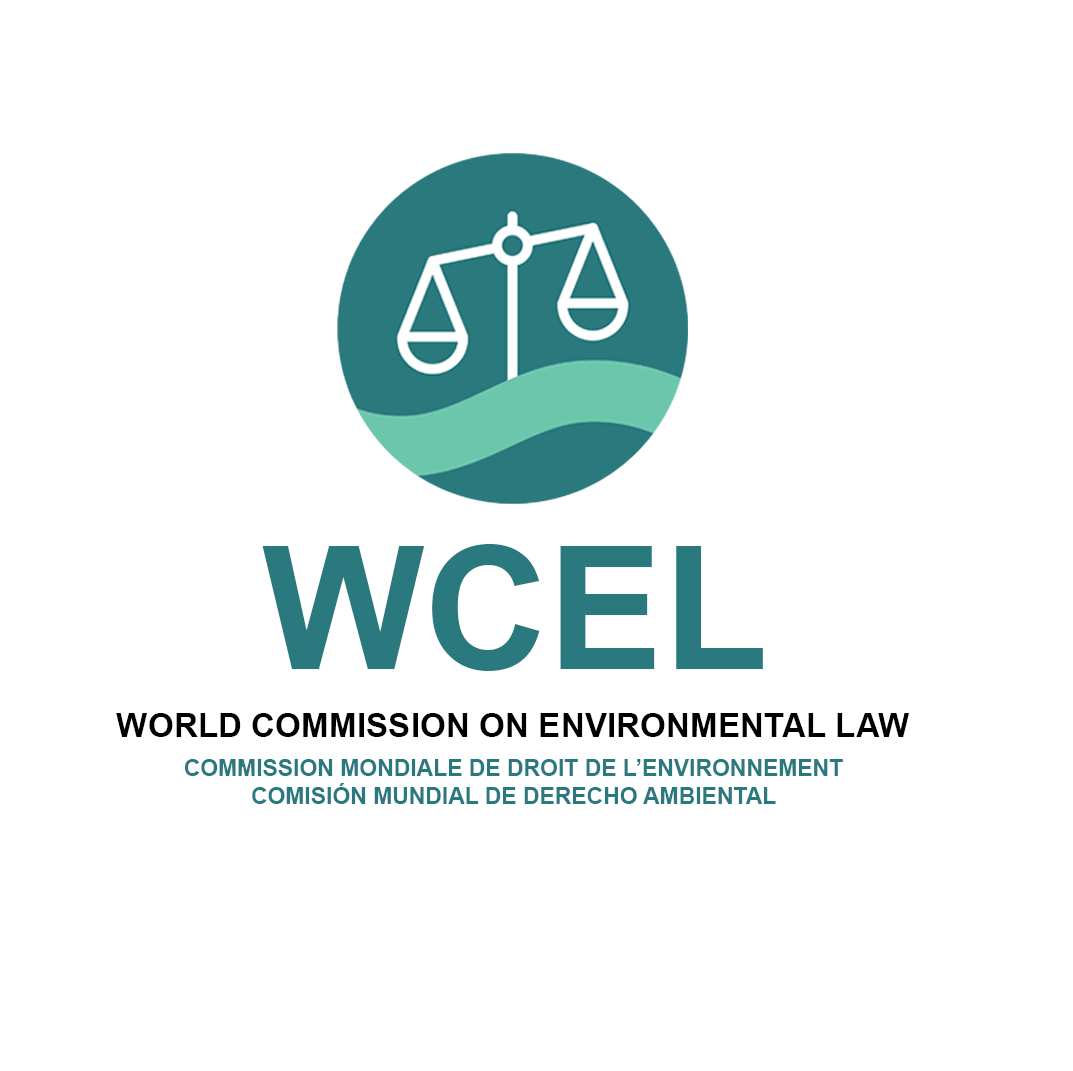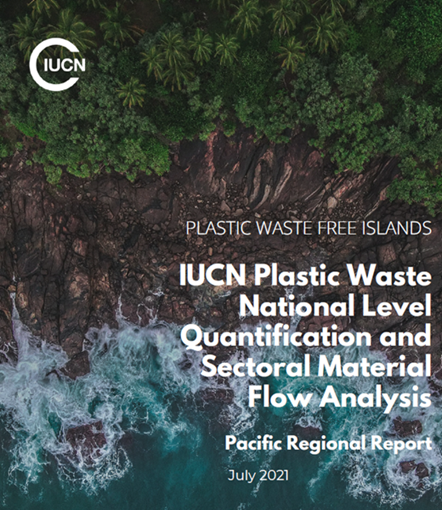IUCN WCEL Briefing 3 of 6 for Plastics Treaty INC-2 Structure of Plastic Pollution Treaty version 2
Given the ever-evolving nature of science and the complex, varied nature of plastic pollution, it is clear that the instrument to be adopted will need to be sufficiently flexible to allow for further adjustments and additions to the obligations. The different structural approaches found in environmental treaties to date provide a good guide and starting point.
It is pivotal, however, that the treaty should include binding core obligations to fill existing regulatory gaps in relation to plastic pollution, including international trade restrictions (bearing in mind the Basel Convention regime), production caps, and financial and technical assistance. The Plastic Pollution Treaty should also include mechanisms to ensure its effectiveness, such as a non-adversarial non-compliance mechanism (in line with recent MEAs). While some States provided initial preferences regarding the structure of treaty used during INC-1 statements, it is clear that this issue is still undecided and requires careful consideration during INC-2 and subsequent negotiations. It is also evident that, regardless the structure used for the Plastic Pollution Treaty, the inclusion of scientifically informed requirements that can be updated based on advances in technology and the state of knowledge will be crucial. This is briefing 3 of 6 for INC-2.
For all six briefings for INC-2 in one document, they may be found here.
For the previous five Briefings for INC-1, they can be found in the WCEL resources here as well as in the Plastic and Other Pollution topic page here.




